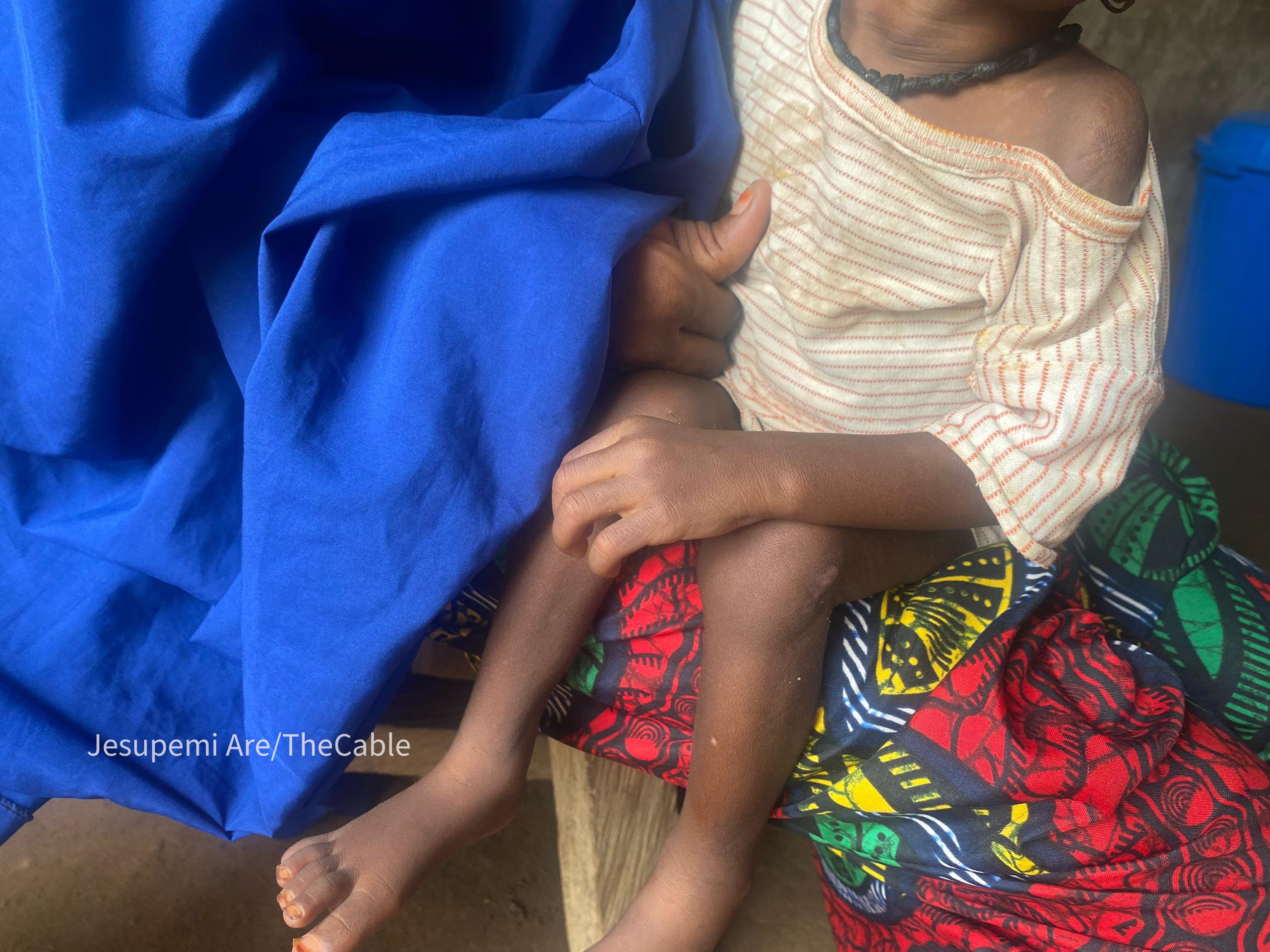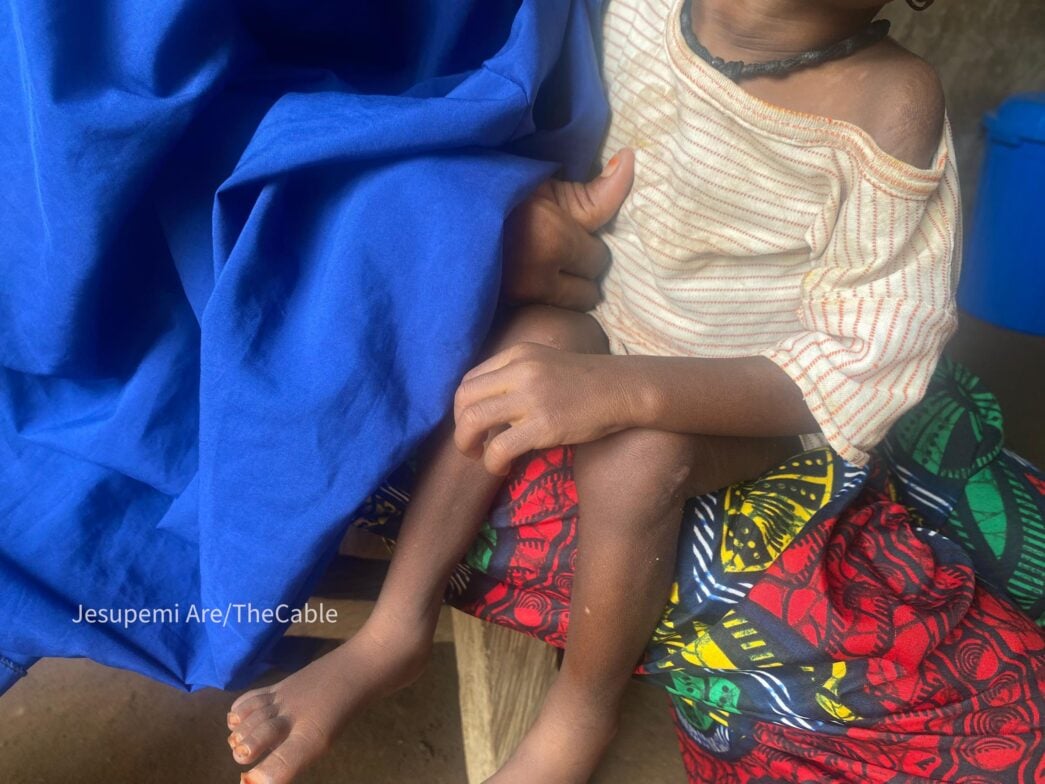Amina Abubakar and her malnourished child
Fresh breeze drifted through the streets of Hayin Kabulu, a community in Gwagwalada area of the federal capital territory (FCT), carrying the sound of playing children’s voices. In one of the tightly packed houses in the neighbourhood, 30-year-old Amina Abubakar sat in a dimly lit room she shared with her three children, while her husband lived elsewhere with his second wife.
In total, there were four mouths in her family to feed, but the food rarely changed. The family survived on a monotonous diet of blended maize, morning and night.
Amina stepped out of the room holding one of her children, barely one year and four months old, who was visibly undernourished. The baby’s thin arms and restless cries told a story no mother would like to narrate. But the mother could do little to nothing about the situation.
“When my husband comes, he brings corn,” she said, pointing to a sack in a corner of the room.
Advertisement
“Sometimes, my mother also helps. But if they don’t send money, we keep eating the same thing until more comes.”
The woman said that if times were better, she might have been able to buy vegetables, beans, or protein to vary the family’s meals. But the little her husband made from farming, which was often delayed, could no longer stretch to cover anything beyond the everyday diet of maize.
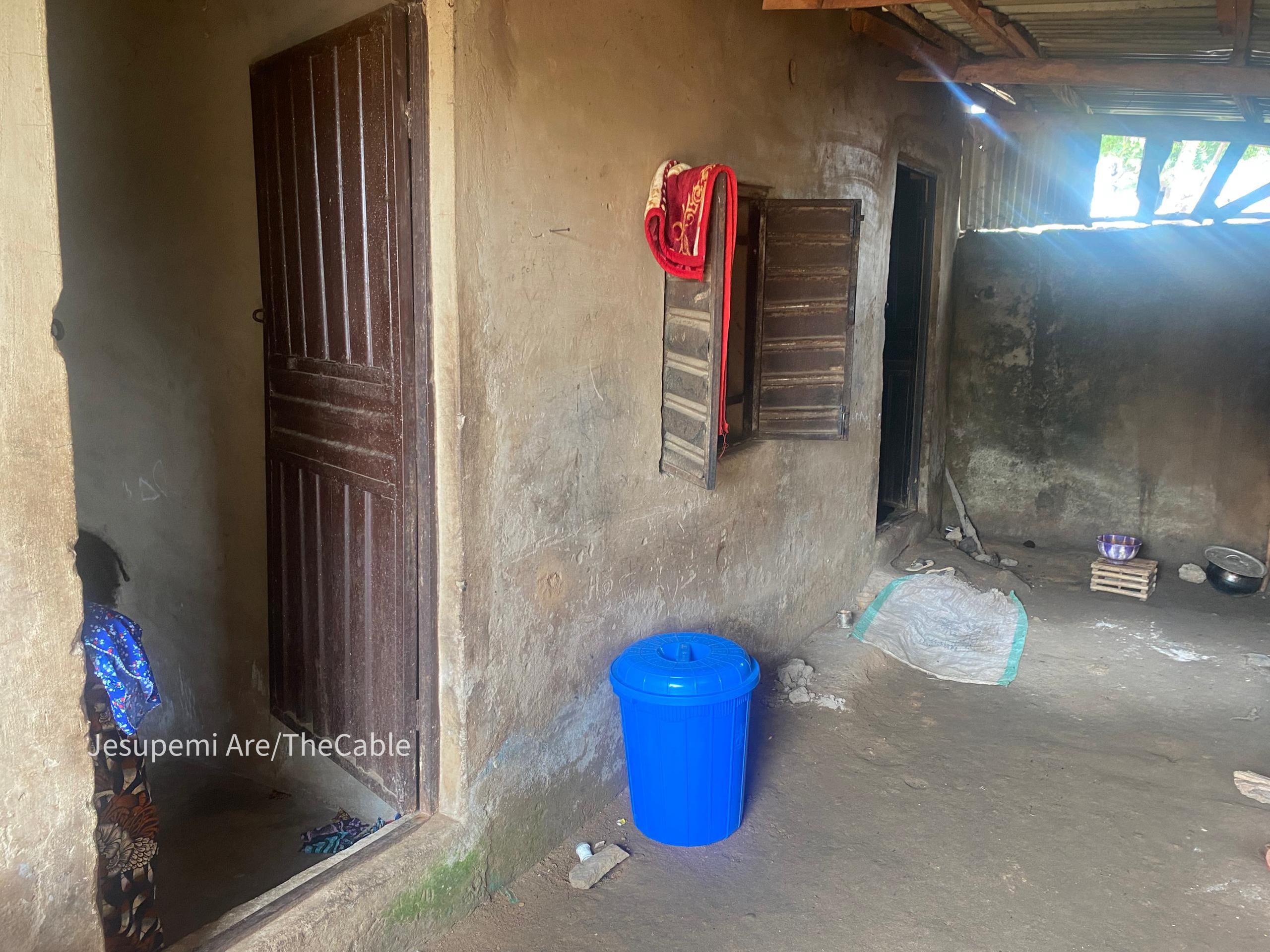
Medical care was another luxury. Amina said when her child fell ill, she went from chemist to chemist, buying drugs in small doses she could afford.
Advertisement
“I got a card once to go to the clinic when I was pregnant. But I couldn’t keep going. We don’t have the money for transport or tests,” she said.
Safiyat Mohammed, a health worker at a nearby primary healthcare centre, who is also Amina’s neighbour, said she has known for a while that the woman’s child is undernourished.
“But she can’t go to the health centre because we are on strike. Even if we are not on strike, she cannot afford to come,” she said.
Just a few streets away, 28-year-old Faiza Suleiman’s family was facing a similar battle. The mother of four lived with her husband, a carpenter. His work was regular. But while it once provided enough for the family to eat a variety of foods, that has changed sharply over time.
Advertisement
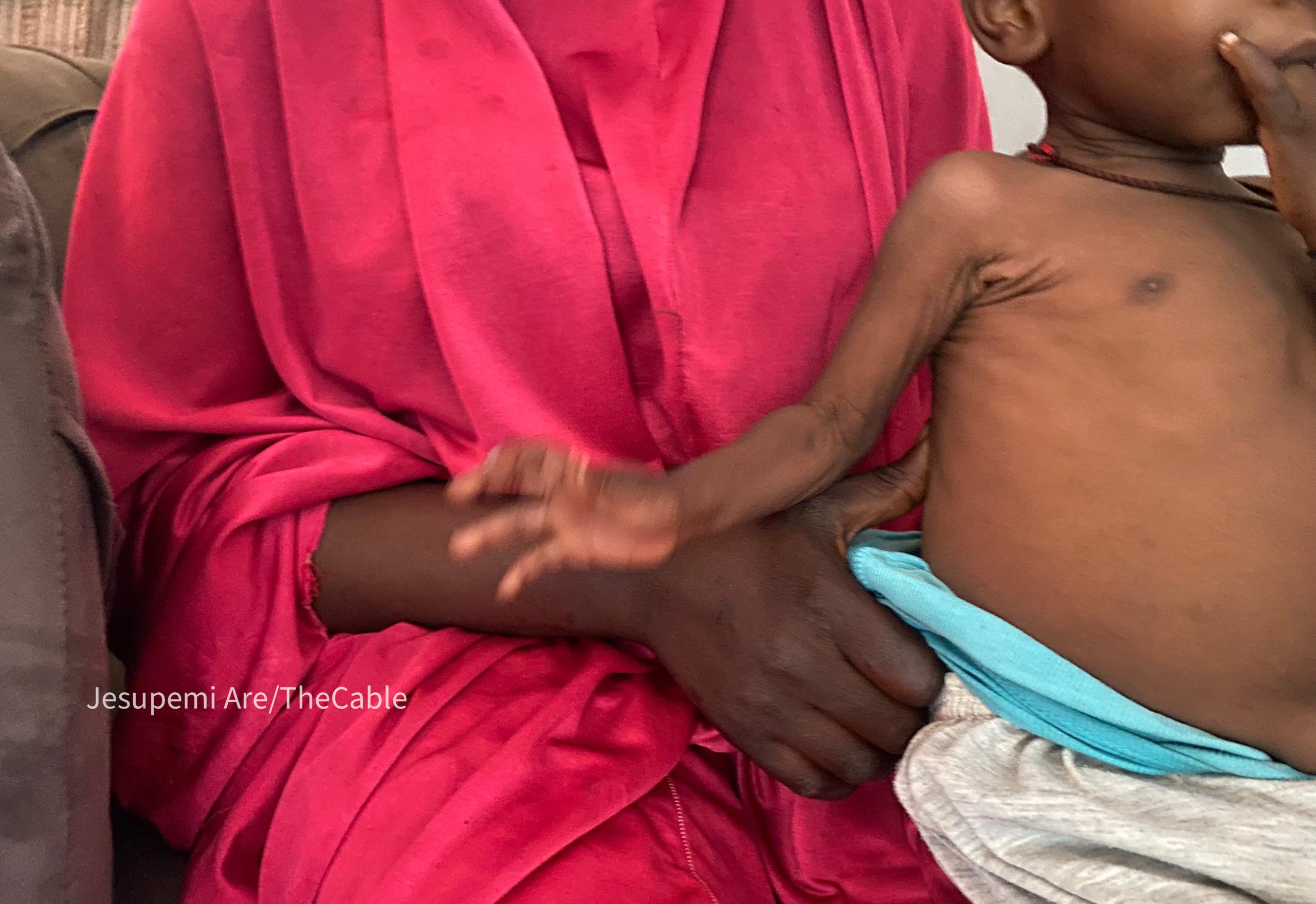
Faiza said her youngest child of one year and two-month-old old, who was seated on her lap, was still being breastfed and was given pap to complement the breast milk.
She said she, however, cannot supplement with a variety of solid foods for the child, who is showing signs of malnourishment.
“Before, we could buy more food at home. Now, we buy what we can. If we used to buy two mudu of rice before, now we buy one,” she said.
Faiza said eating animal protein had become “rare”, adding that the family’s meals had become simple and repetitive, depending on whatever they could stretch for the week.
Advertisement
Attempts to seek help for her malnourished child had been frustrating.
She said she planned to visit the primary health centre for nutritional support, but the clinic was closed due to a strike.
Advertisement
WHEN SALARIES CAN’T BUY PROPER DIET
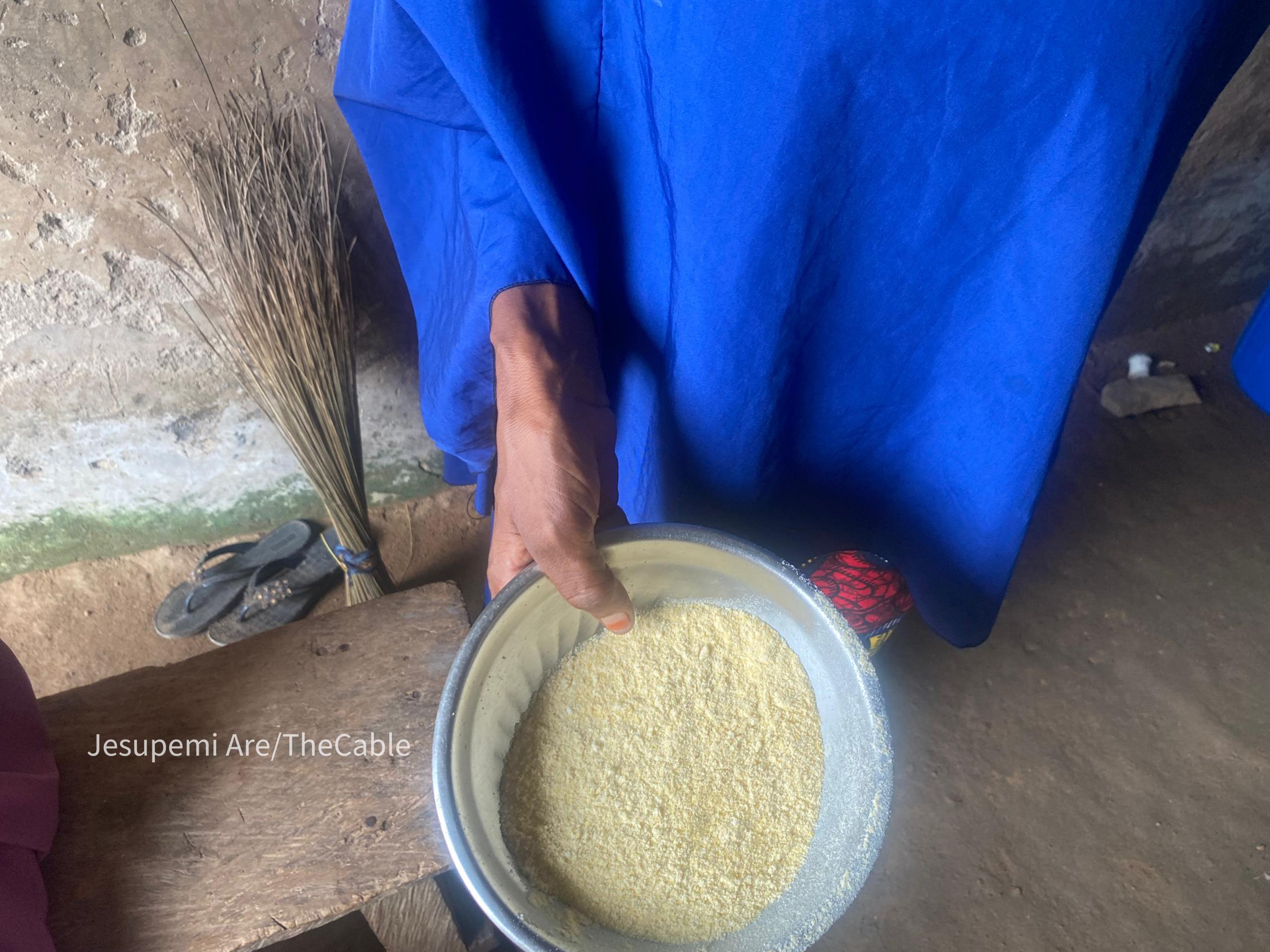
The World Health Organisation (WHO) defines malnutrition as a condition resulting from an imbalance in nutrient intake, either an excess or a deficiency of essential nutrients like vitamins, minerals, or calories.
Advertisement
Nigeria has long battled malnutrition, but recent data suggest the crisis is worsening. According to UNICEF, Nigeria has the second-highest burden of stunted children in the world, with a national prevalence rate of 32 percent of children under five.
The organisation estimates that 2 million children in Nigeria suffer from severe acute malnutrition (SAM), but only two out of every 10 children affected are currently reached with treatment. WHO added that seven percent of women of childbearing age also suffer from acute malnutrition.
Advertisement
Additionally, data provided by the Nigeria Demographic and Health Survey (NDHS) 2023-2024 said 40 percent of Nigerian children under five are stunted, 8 percent are wasted, and 27 percent are underweight.
With food inflation currently hovering above 20 percent, even the minimum wage, which was recently increased from N30,000 to N70,000, has become insufficient in ensuring the proper nutrition of most Nigerians.
Recent Statistics from the National Bureau of Statistics (NBS) said the food inflation rate in June 2025 was 21.97 percent on a year-on-year basis, and on a month-on-month basis, the agency said the food inflation rate in June was 3.25 percent — up by 1.07 percent compared to May 2025 (2.19 percent).
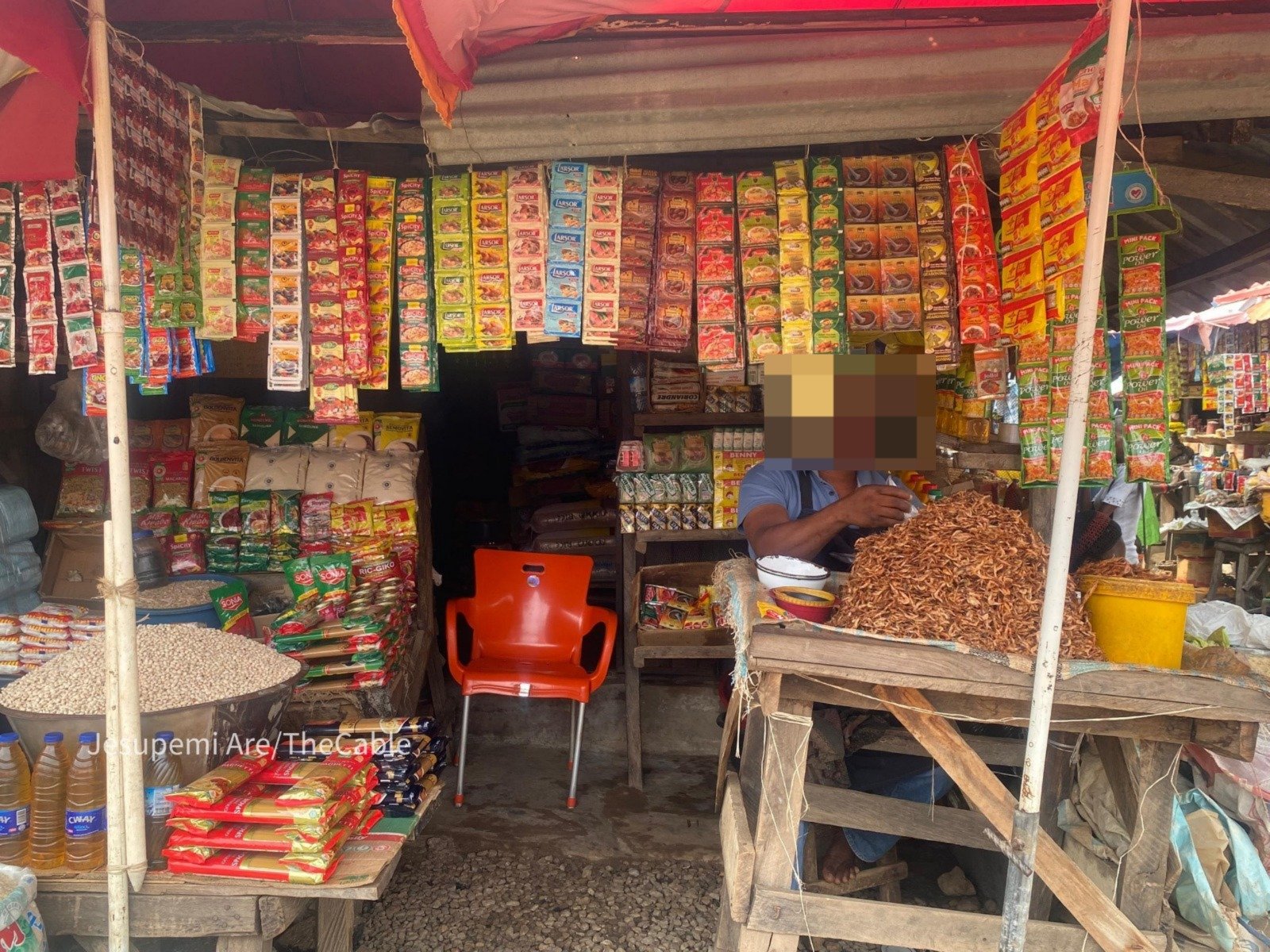
“The increase can be attributed to the rate of increase in the average prices of Green Peas (Dried), Pepper (Fresh), Shrimps (white dried), Crayfish, Meat (Fresh), Tomatoes (Fresh), Plantain Flour, Ground Pepper, etc,” NBS said.
Chrispado, a trader who sells food items in Gwagwalada market, told TheCable that “the market is now something else”.
“Today, rice is one price; tomorrow, the price has increased. Some people come, ask the price of one food item, and walk away. Some customers come, but they don’t buy as much as they used to. The most annoying thing is that the prices never come down when they go up,” he said.
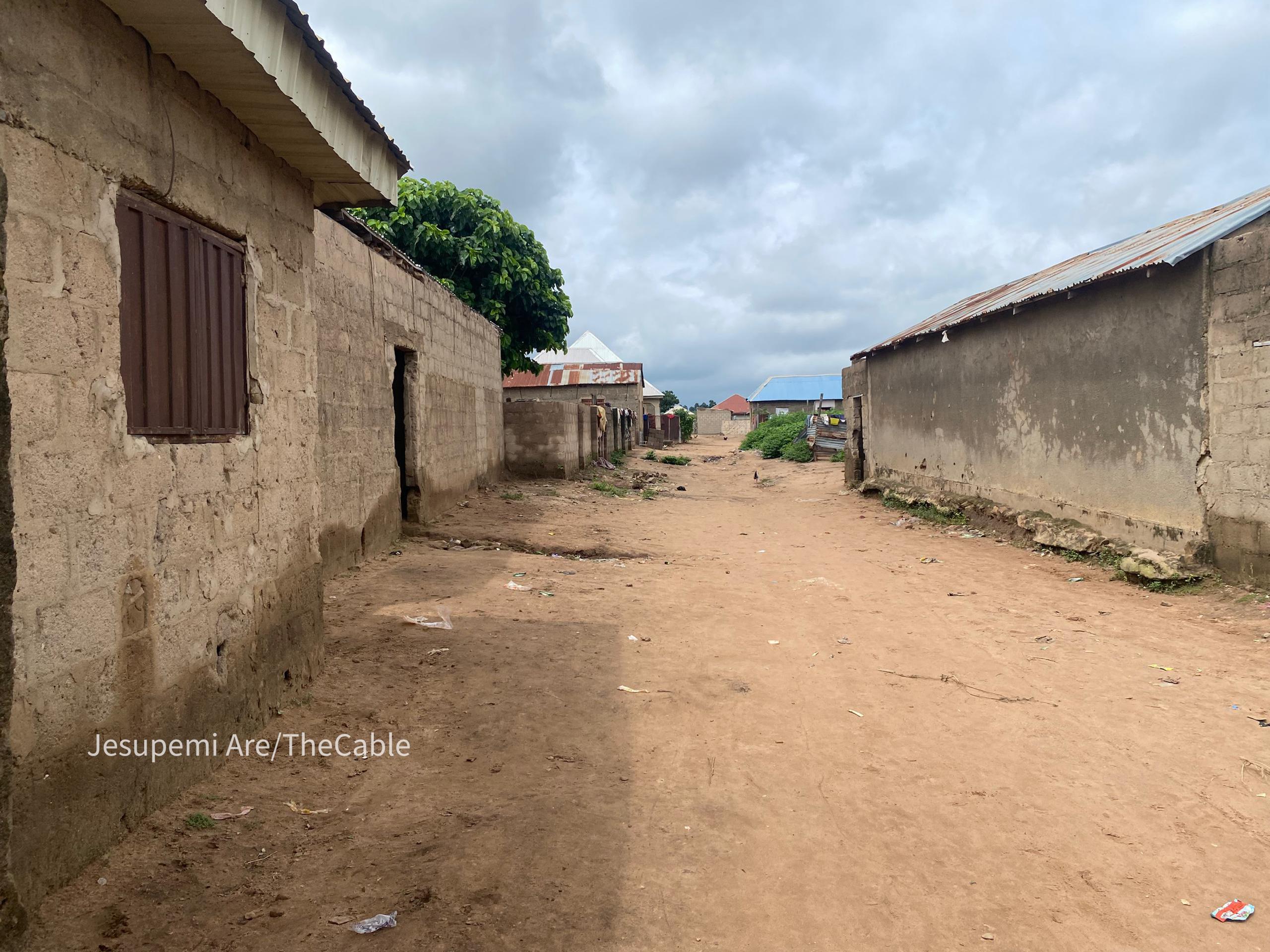
In 2024, the World Food Programme projected that 33 million Nigerians would be food insecure in 2025, with the country facing a monumental hunger crisis in the second half of the year.
Akpan Ekpo, an economist and professor, traced the root of the worsening nutrition landscape to policy choices that have eroded people’s purchasing power and restricted food access.
He was particularly critical of the removal of the fuel subsidy and the unification of the exchange rate.
“Most Nigerians agree that the fuel subsidy removal is a scam. If you want to remove it, you phase it out gradually over three or four years, reducing the hardship. But we didn’t do that. Now, the market is determining the value of the naira, and when the naira depreciates, inflation rises. And when inflation rises, it affects the poor more, and they don’t have money to buy food,” Ekpo said.
“Those two policies have affected the quality of life, and quality of life includes nutrition. Even with the Central Bank’s interventions in the forex market, inflation is still very high.”
He said that with the high inflation rate, the purchasing power of people has been reduced, and they cannot afford to buy immediate food that will give them good nutrition.
“So now, what they eat is inadequate. Some of them go hungry. Millions of Nigerians are sleeping hungry, and that’s worsening the situation,” the professor said.
He stressed that the Nigerian government itself acknowledges the problem, referring to it as food insecurity. He, however, said the reality is more severe.
“Food production is slow, inadequate. We are between food adequacy and food self-sufficiency, but in our case, Nigerian food is inadequate. We’re not producing enough for people to take as food, and not all that we produce has nutritional value,” Ekpo said.
“We’ve done reforms before, but you have to do them gradually. On top of that, we have security issues. Insecurity is affecting agriculture and food production. Even if you have money, you can’t buy food if there is none.”
According to him, even increased production won’t solve the crisis if people don’t have the money to buy food.
CHILDREN BEARING THE BRUNT
On July 9, Vice-President Kashim Shettima raised the alarm over the scale of malnutrition in Nigeria, warning that the condition is depriving nearly 40 percent of children under the age of five of their full physical and cognitive potential.
He described the situation as a national crisis that must be tackled urgently and collectively.
“It is a reminder of the burden that we bear — a malnutrition crisis that continues to rob nearly 40 percent of Nigerian children under five of their physical and cognitive potential. It is a reminder that food insecurity is not only about hunger. It is also about whether our people can afford, access, and accept the food that meets their nutritional needs,” Shettima said.
Olusola Malomo, principal dietitian and nutritionist at Lagos State Health Service Commission, said the cost of food is not just reshaping what families eat, but also how they buy and prepare meals, with “worrying implications for children’s health”.
“If the mother is not eating well, the breast milk produced will reflect that. And after six months, when complementary feeding starts, the food given to children is often over-diluted because of rising prices,” he said.
“Variety, which is crucial in child nutrition, is also diminishing. Fish and beef are increasingly out of reach. Families have to factor in not just food costs but rent and other living expenses.
“Many may not be able to meet up with the expenditure as before because of inflation. What it means is that there will be a reduction in the money allocated for feeding, and people are adopting shortcuts to maximise the little resources they have left.”
He explained that these shortcuts are evident in the markets, adding that instead of buying whole fruits like pineapple or watermelon, many now buy smaller portions or those already cut, often at a cheaper price but with compromised freshness.
“It’s the same with tomatoes. People now go for the lower quality or quantity they can afford. Everyone is just trying to stabilise despite the price hikes, cutting corners here and there,” Malomo said.
“Look at protein. Animal food coming from the north to the south have become more expensive because of transportation costs. So, the protein available from animal sources for children has reduced.”
THE TOLL OF CHILDHOOD NUTRITION
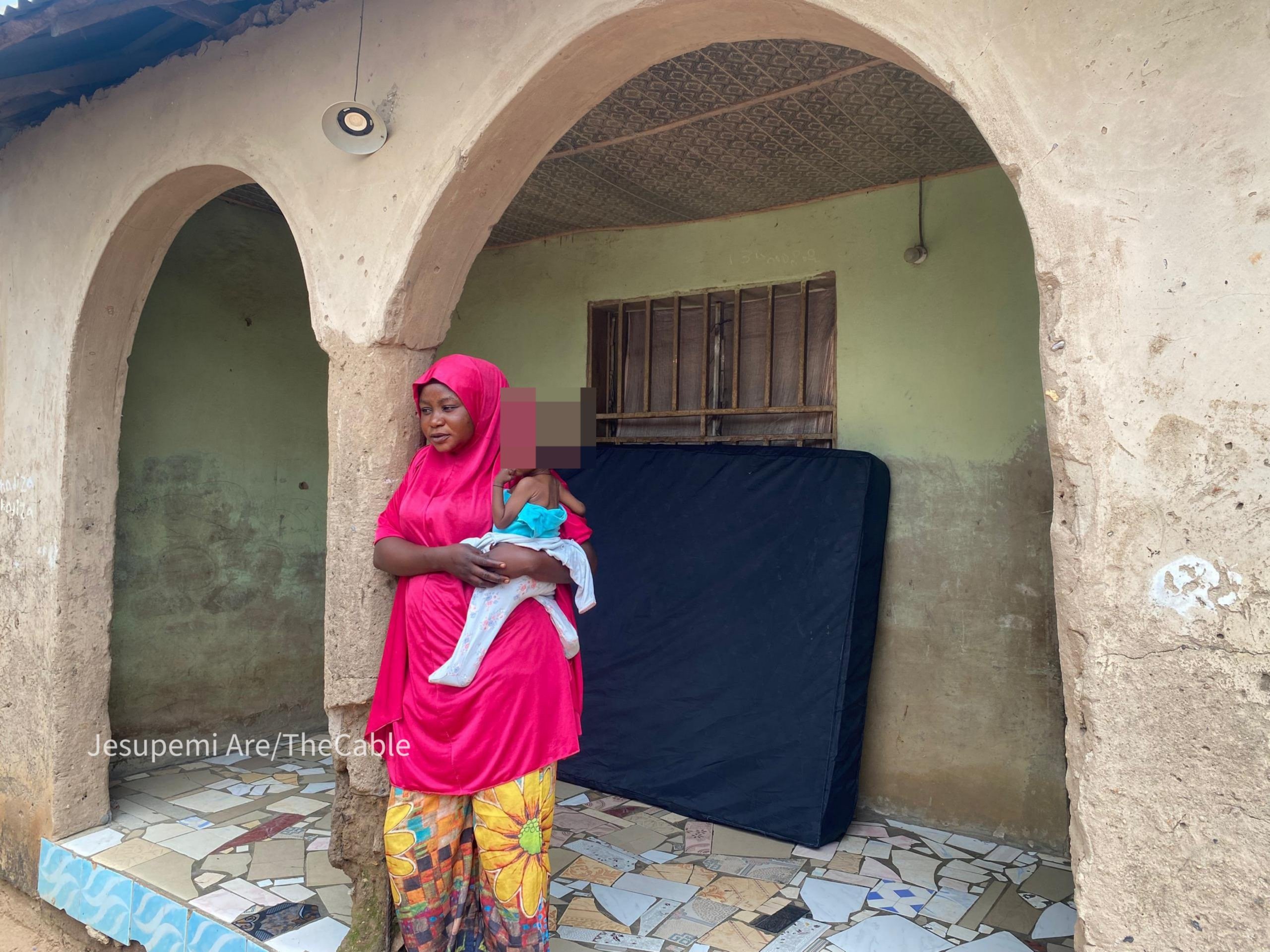
The effects of malnutrition go beyond hunger pangs. Chronic undernutrition in children stunts physical growth and cognitive development, weakening the immune system and increasing susceptibility to diseases such as pneumonia, malaria, and diarrhoea.
Malomo said malnutrition is especially dangerous in the first 1,000 days of life, from conception to age two.
Drawing from his experience, he recounted screening over 120 children recently, where more than half were found to be malnourished.
“Most of them are not meeting their recommended dietary allowance. This is not just about immediate hunger. A child that is malnourished now is at risk of hypertension, diabetes, and other diet-related diseases later in life,” Malomo said.
Apart from the serious consequences on a child’s health, the economy is also affected by undernutrition.
Malomo warned of broader social and economic consequences, saying “malnutrition reduces productivity and creates economic burdens for families”.
“If we don’t act, today’s malnourished children will become tomorrow’s unproductive adults,” he said.
A World Bank report found that Nigeria loses over $1.5 billion annually in potential GDP due to the effects of childhood stunting alone.
“Children who are undernourished between conception and age two are at high risk for impaired cognitive development, which adversely affects the country’s productivity and growth,” the report said.
“The economic costs of undernutrition include direct costs such as the increased burden on the health care system, and indirect costs of lost productivity.”
WHAT CAN BE DONE?
The Nigerian government has made several pledges to tackle malnutrition, including launching the national multi-sectoral plan of action on nutrition. Yet implementation has been slow, underfunded, and uneven across states.
The School Feeding Programme, once hailed as a game-changer, has been riddled with allegations of mismanagement and delays. Community food banks often cut back, and many primary healthcare centres are under-resourced.
The government has also implemented various cash transfer schemes aimed at cushioning the effects of poverty and improving household nutrition, particularly among vulnerable populations.
However, despite ambitious targets, disbursement has been marred by delays, limited coverage, and transparency concerns. Reports show that only a fraction of intended beneficiaries have received payments, and critics argue that without complementary support like livelihood training or food subsidies, the impact on long-term nutrition outcomes remains limited.
For solutions, Ekpo said the government must be practical. He said massive imports of some basic food must be allowed, and enough resources must be provided so people experiencing poverty can buy those food items.
“N5,000 every quarter is nothing. People need at least N150,000 a month to afford basic food,” he said.
Ekpo said the government’s plans under the renewed hope agenda are long-term and won’t yield immediate results.
“If you plant corn, you won’t have it tomorrow; it takes time. So, while we wait for local food to be ready for harvest, allow mass importation for about a year or so,” he added.
“Farmers will still have problems going to the farm to produce. So, in the short term, mass importation and putting money in people’s pockets are key.
“We need to make sure the economy grows so that we don’t do this forever. We need to permit policies that support investment and production, whether in agriculture or manufacturing. When people use resources like land, oil, services and export them, that brings in foreign exchange, appreciates the naira, and strengthens the economy.
“In Nigeria, about 60 percent of Nigerians are youthful, and below are the children. If they’re not fed well today, we are jeopardising the future.”
On his part, Malomo said there is a need for more than just food distribution or cash transfers, adding that there is too much politics in distribution, and it doesn’t solve the real problem.
He recommended intensified awareness campaigns, especially at the primary healthcare level, and practical solutions like home gardening.
“With smart gardening, people can grow their own vegetables even in limited spaces, which can help address micronutrient deficiencies,” he said.
He also emphasised the importance of employing more nutritionists and dieticians in public health efforts.
“Everything is not about money. There is a knowledge gap. If we bridge this, people can combine local food items to ensure adequate diets.”
“Nutrition is like an iceberg. What you see on the surface hides deeper deficiencies. A child may look fine but could be suffering from hidden hunger, micronutrient deficiencies like iron or vitamin A that affect cognitive development and immunity.”
Without urgent interventions, he warned, Nigeria risks not just an immediate malnutrition crisis but a generational one.
“If malnutrition persists, the nation’s future productivity is at risk. We’re breeding poverty for tomorrow,” he said.
For families like that of Faiza and Amina, the story reflects a wider crisis: how rising inflation and soaring food prices are deepening malnutrition, even in the country’s capital.
It is no longer about making poor food choices; it’s about survival on what the economy has reduced families’ income to. And survival, for many, tastes like a repetitive diet of maize porridge.
